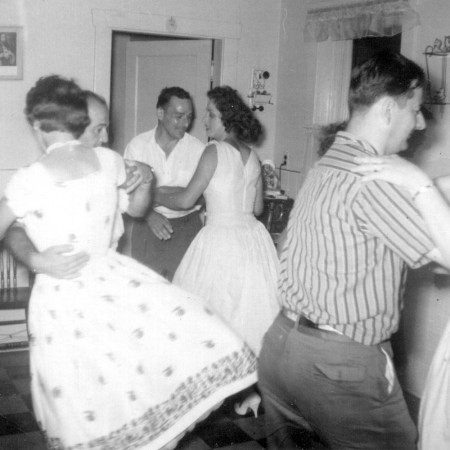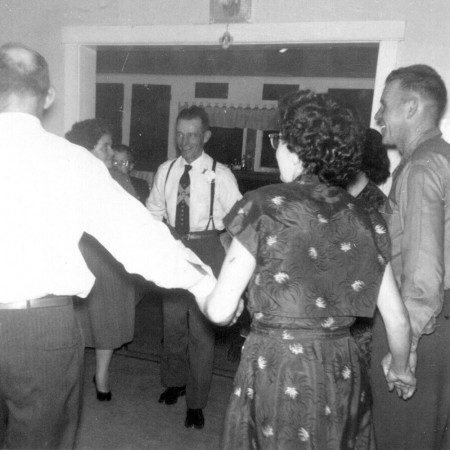One of the oldest references to dancing among the Acadians on the Island dates back to 1770. It is a comment made by the Reverend William Drummond, a Presbyterian minister who was visiting the Island. He wrote in his diary on June 4th that, when passing through Princetown (Malpeque), he met a number of Acadians “who were very kind.” He describes the evening he spent at the home of an Acadian family in the following words, “At 9 went to another house where the French were convened, had a dance and spent the evening in jollity.”[i]
It is not until the beginning of the 1800s that we find another observation, this time by John MacGregor, also a Scotsman, who lived on the Island from 1797 to 1826. He appears to have gotten to know the Acadians quite well. MacGregor wrote several books in which he relates his travels. Included in his accounts are a number of observations about the customs of the Acadians of Prince Edward Island. In his book called British America, published in 1832, he refers to their amusements as “Dancing, fiddling, and feasting, at Christmas, at Mardi-Gras, before Lent, and feasting at or after Easter…”[ii]





